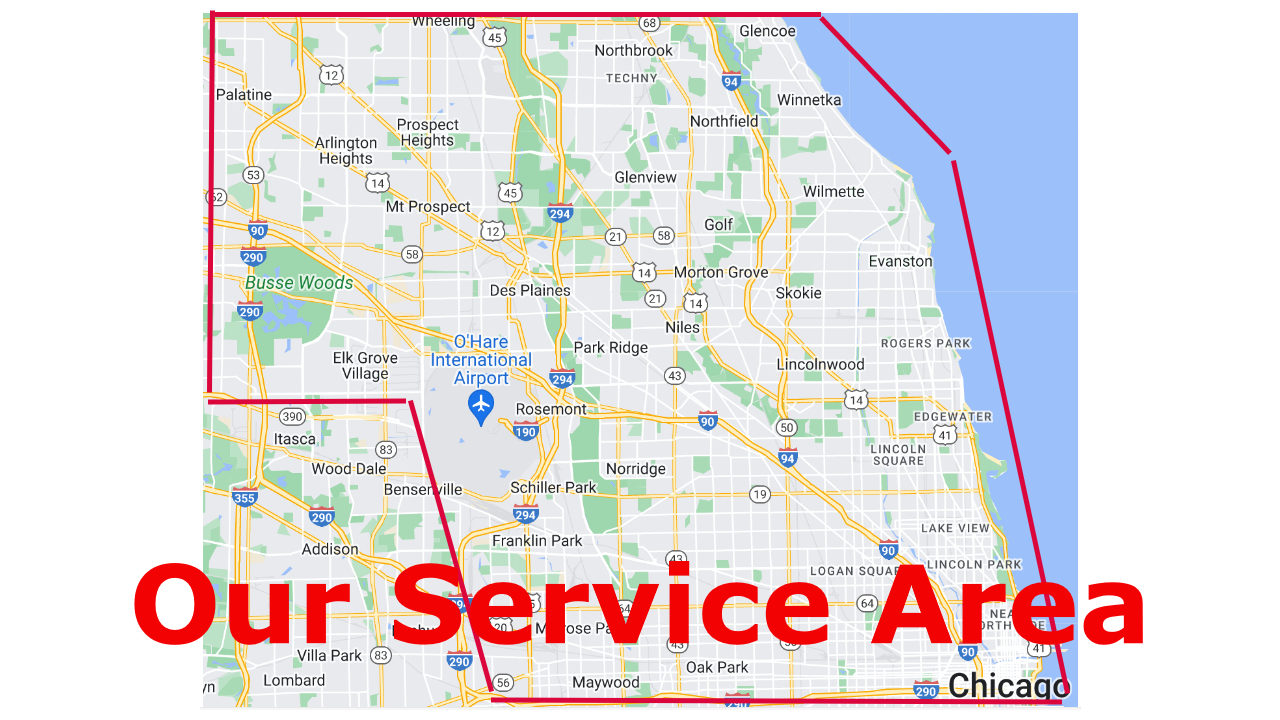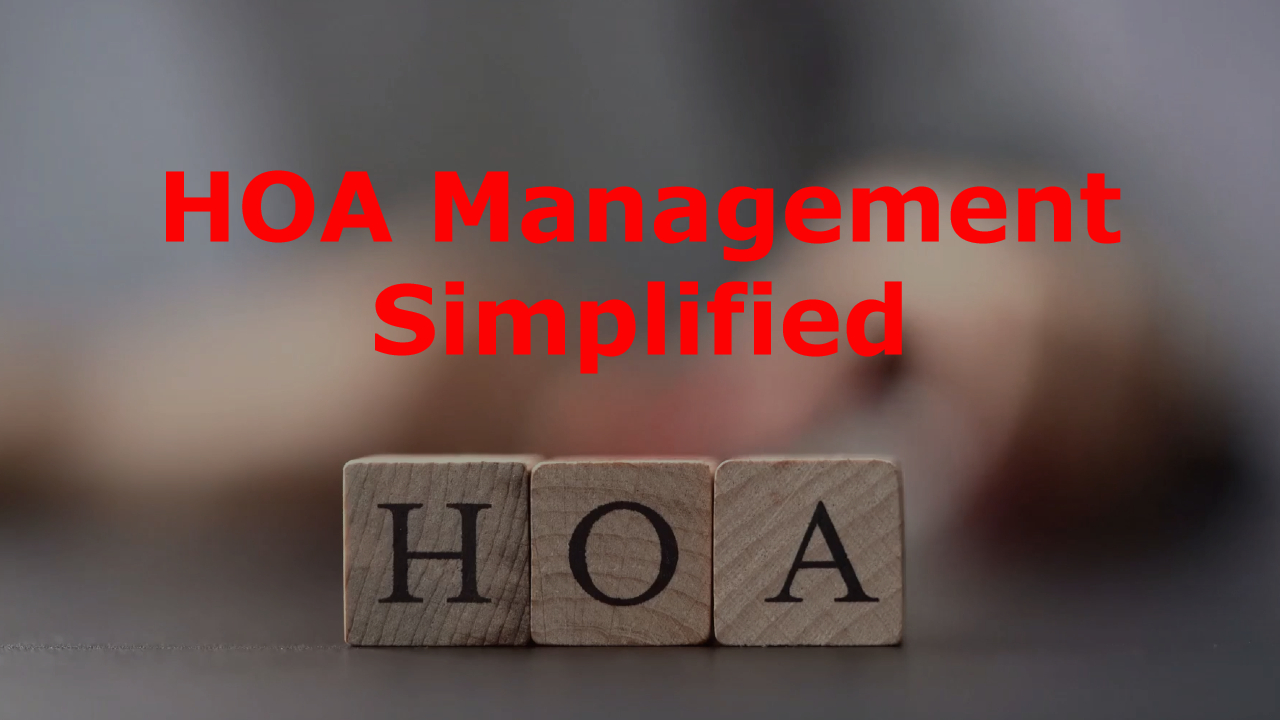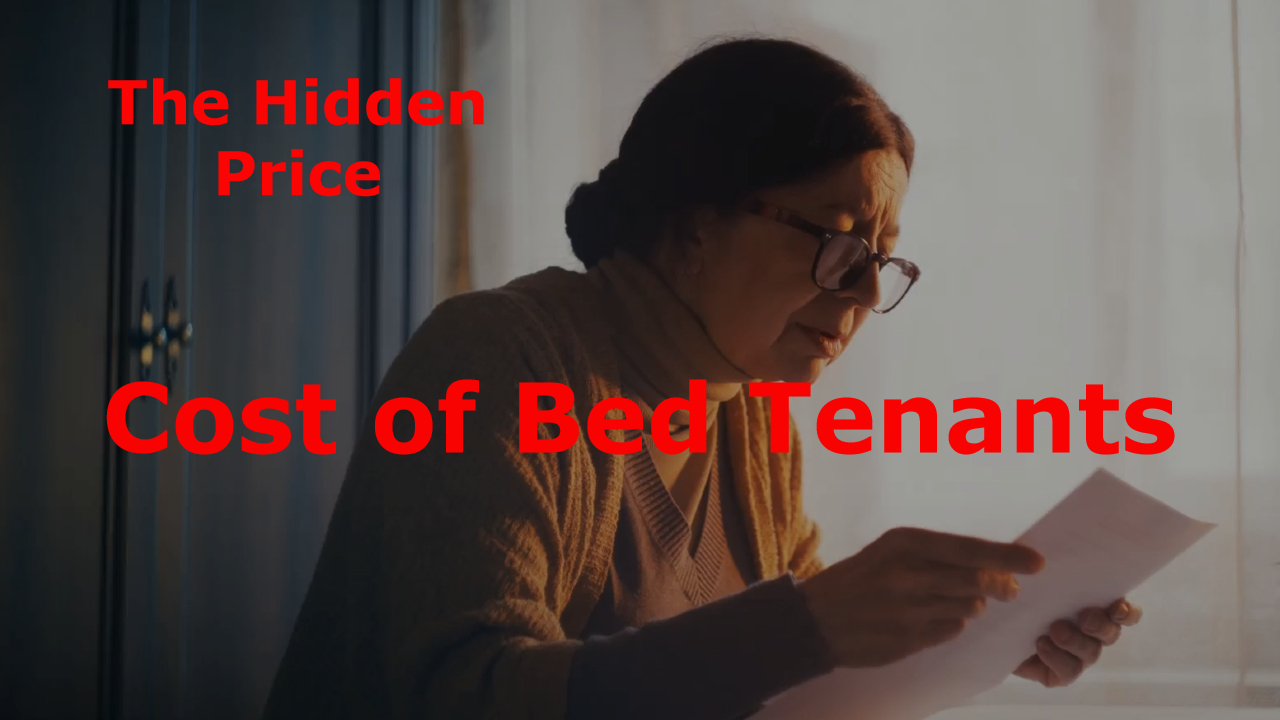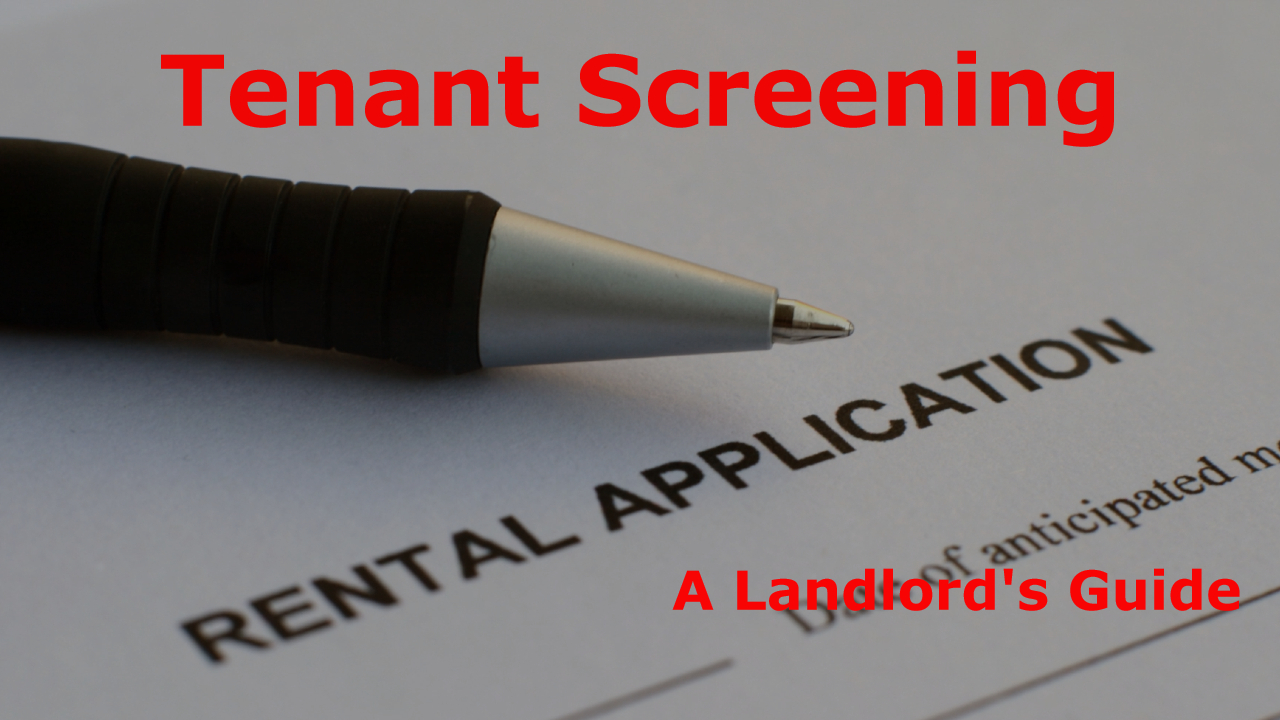Regular property inspections are essential for protecting your investments and ensuring that they produce efficient yields. Property investments often come with many financial risks, but by conducting regular inspections, you can minimize these risks and keep your investments in good condition. At the same time, regular inspections also help identify potential areas of improvement, allowing you to make preemptive changes to keep your property attractive and desirable ahead of the market.
The Risks of Skipping Inspections
If inspections are skipped, any current or potential problems could be missed until it’s too late. Ignoring a scheduled inspection could lead to costly repairs or unexpected expenses that an inspection could have otherwise prevented.
A small water leak, for example, could lead to extensive damage if left unchecked. In some cases, this might even render the property inhabitable for a short period. That, in turn, can lead to time spent on insurance claims and possible relocation of the tenants until the completion of the repair process.
By conducting regular inspections, however, any such issues can be identified and dealt with promptly before they get out of hand.
Another risk in skipping inspections comes with tenant security deposit disputes. Usually, the landlord or property manager is responsible for conducting a thorough inspection and noting any damages before a tenant moves in. An inspection report is created, dated, and kept on file in case there are damages to repair when the tenant moves out. If that move-in inspection is skipped, it can be very difficult or even illegal to deduct repair costs from tenant-caused damages.
Proper inspections and record keeping ensure that damages can be deducted from tenant security deposits.
The Benefits of Regular Inspections
By conducting regular inspections, you can minimize risk and keep your investments in good condition. Inspections provide a way to identify any potential problems, as well as any areas of improvement, to keep the property attractive. Regular inspections also help detect any tenant-caused damages ahead of time so they can be deducted from the security deposit.
Regular inspections can also help identify areas for cost savings and improvements in the property’s operations. Inspections can also uncover maintenance issues that need attention before they become more severe or costly problems. For example, a routine periodic inspection may note a leaking refrigerator that a tenant had not yet mentioned since it was only a minor inconvenience for them.
This discovery gives you options rather than being forced to respond later when the issue worsens. You can have the problem repaired, or you have the opportunity to proactively replace the appliance if it’s nearing the end of its useful life.
Types of Inspections
- Turnover or Move-in Move-out Inspections
- Quarterly or Periodic Inspections
- Drive-by inspections
- Pre-emptive Listing Inspections
Turnover or Move-in Move-out Inspections
Move-in and move-out inspections are an essential part of the rental process that helps protect both the tenant and the landlord. At move-in, a detailed inspection report should be created and dated to document any existing damages or irregularities with the property. Conducting these inspections provides evidence if there are any claims made later regarding tenant-caused damages. Pictures speak thousand words. The following link is to a sample PDF Move-in Inspection Report.
Quarterly, Semi-Annual, or Annual Inspections
Periodic inspections are also an integral part of the rental process. How often they’re conducted depends on the property type, condition, and a handful of other factors. Typical timing is usually every three to twelve months. During a periodic inspection, the landlord or property manager will assess the property’s overall condition, paying attention to any issues that have changed since the last inspection report was produced.
Drive-by inspections
Drive-by inspections are a great way to assess a property’s condition from the exterior quickly. These inspections allow landlords or property managers to compile a short checklist of items that need immediate attention, such as loose or missing shingles, overgrown vegetation, broken windows, and more. E.g., A property owner that I know, once happened to be driving by his apartment building at about 11PM and noticed one of his newly moved-in tenants dealing drugs in front of the building. Obviously, he had a problem to solve, but discovering such an issue early, allowed the property owner to act before the problem affected his other tenants.
Pre-emptive Listing Inspections
Pre-emptive Listing Inspections are an excellent way for landlords and property owners to ensure that their property is in an optimal condition before they list it on the market. These inspections can identify potential issues and allow time for appropriate repairs or improvements before listing, thus potentially increasing the value of the property.
When scheduling an inspection, make sure to follow the local law and give occupants proper notice. E.g., In Chicago and Cook County, Illinois where we manage properties (Our Area of Service Map), the Landlord/Tenant Ordinance requires a minimum of 48-hour prior notice.
What to Look for During Inspections
Inspections should include all aspects of the property, such as the exterior and interior walls and windows, floors, ceilings and roofing, plumbing fixtures, electrical outlets and components, HVAC systems, appliances, locks on doors and windows, and any other areas of the property.
Any potential safety hazards, such as broken windows, inadequate security measures like taped locks, or disconnected smoke detectors, should also be noted.
If applicable, look for signs of pests in the building, such as rodents or insects. Make sure to note any areas that need cleaning or maintenance work. Finally, inspect the common areas of the building, such as hallways and stairwells, to ensure they are in proper condition.
If you’re creating a checklist, here are a few items to include;
- Interior and exterior walls, ceilings, and floors
- Doors, windows, and locks
- Electrical wiring and outlets
- Plumbing fixtures such as pipes, faucets, toilets
- HVAC units (including vents and filters)
- Appliances (refrigerator/freezer combo unit, ovens, dishwashers)
- Fire alarms/smoke detectors
- Security systems
- Water heaters/boilers/radiators
- Landscaping upkeep (trees, hedges, weeds, sidewalks)
- Gutters and downspouts
- Roofing material for leaks or damage
How Often to Conduct Inspections
The frequency of conducting property inspections depends on various factors, such as the property type, the number of tenants, and local regulations. Generally speaking, it is recommended to conduct an inspection every six months. Regular inspections ensure that any maintenance or safety issues are identified and addressed promptly.
In addition to regular periodic inspections, from time to time, it’s advisable to conduct surprise inspections to ensure that any tenant-caused damages or maintenance issues are identified and addressed promptly. Surprise inspections allow landlords to catch any issues tenants may have overlooked during regularly scheduled inspections. In some cases, if you have trusted maintenance professionals handling your usual repairs and maintenance, they can conduct an impromptu inspection when onsite handling other repair or maintenance issues.
Utilizing Technology for Inspections
Technology and apps for inspections provide an effective and efficient way of conducting regular property inspections. These tools are advantageous because they enable landlords to quickly and easily collect information about their property to ensure it is up to code, in good condition, and properly maintained. Many apps also automate the reporting and filing process by creating well-designed reports and adding them to your property management software.
Some of the features offered by apps for inspections include:
- Comprehensive checklists that can be tailored room by room to a specific property
- Automatic reminders for when an inspection is due
- Ability to add photos and notes during inspections
- Automatically added dates and timestamps
Conclusion
Regular property inspections are essential for protecting investments and ensuring that properties remain up to code, in good condition, and properly maintained. That means fewer repairs, lower vacancy, and happier tenants.
The short-term benefits of skipping an inspection may be tempting since it’s not an income-producing activity and scheduling an appointment with tenants can be a headache. However, a long-term view clearly shows that a well-run, well-maintained property produces better income over time.
Technology and inspection apps can save a tremendous amount of time and energy. Through the help of these tools, property owners can quickly and easily collect detailed information about their property to ensure all safety codes and regulations are met, as well as that any issues with the building have well documented. Leave a comment below or shoot me a message! 💬
By: Arthur R. van der Vant
Follow #illinoisreceiver on LinkedIn to create opportunities together!
Subscribe to Effective Property Management Newsletter here: https://www.linkedin.com/newsletters/effective-property-management-7017549896136187904/











